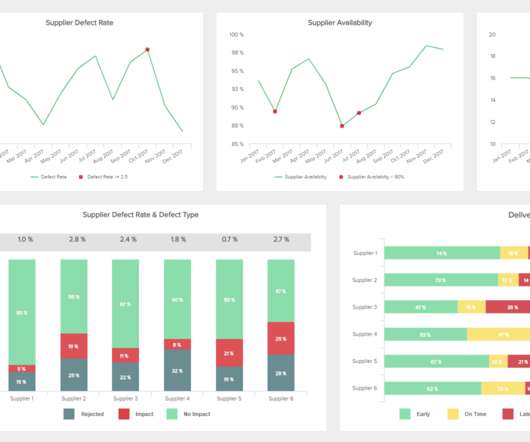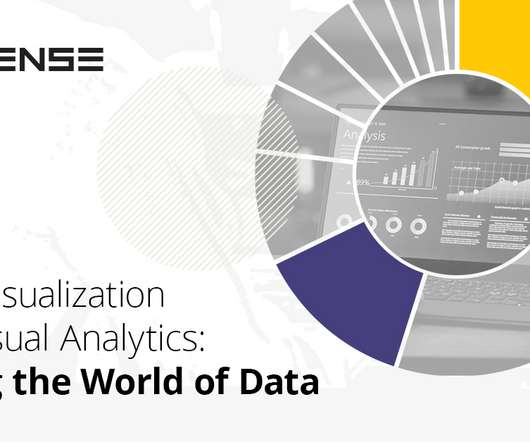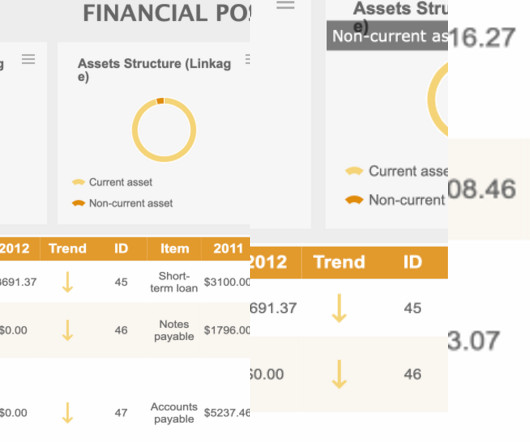What Is The Difference Between Business Intelligence And Analytics?
datapine
MARCH 25, 2022
While BI tells you what has happened in the past and what is happening now (descriptive analytics), BA tells you what will happen in the future (predictive analytics). Descriptive analytics : As its name suggests, this analysis method is used to describe and summarize the main characteristics found on a dataset.





















Let's personalize your content